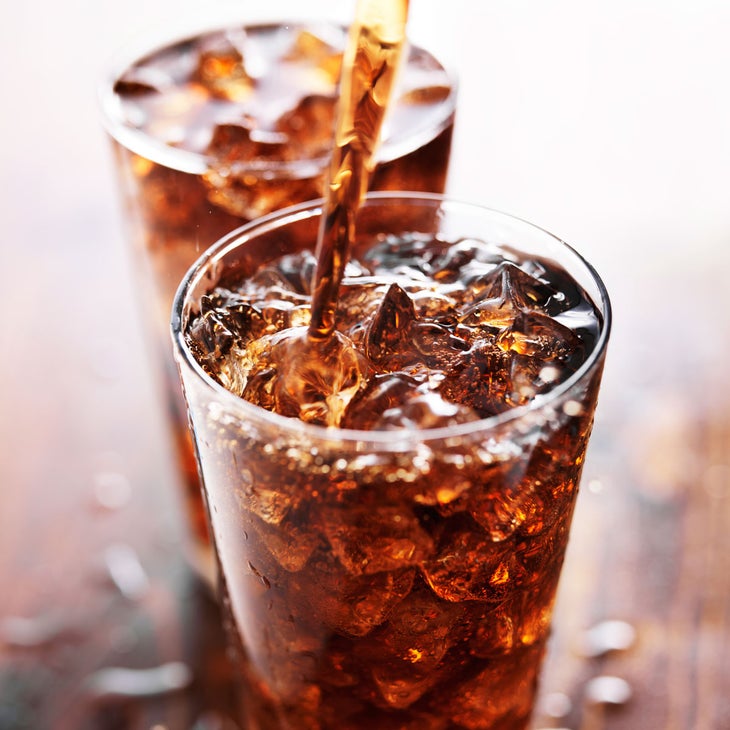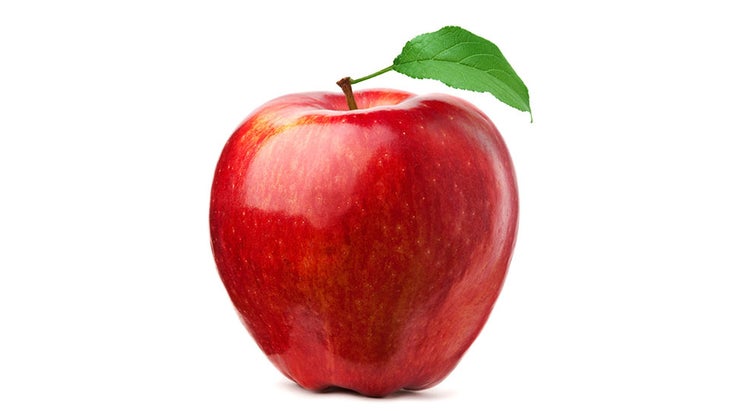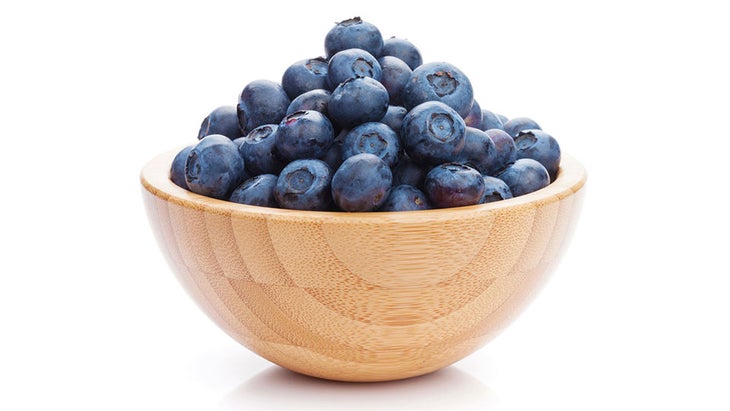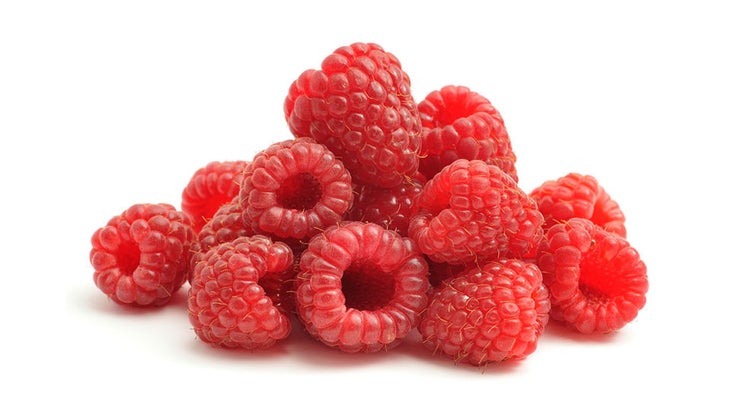Longevity Diet
Why do some people look 40 when they’re 60 and vice versa? We interviewed a pioneer in “regenerative medicine” and were surprised by what we uncovered.
Get full access to Outside Learn, our online education hub featuring in-depth nutrition, fitness and adventure courses, and more than 2,000 instructional videos when you sign up for Outside+..
It’s no secret that some people age faster than others. But surprisingly, perhaps, the process can begin to accelerate quite early in life. An international team of researchers studied 954 people born within months of each other in Dunnedin, New Zealand, and found that by age 38, biological ages ranged from under 30 to nearly 60.
What is biological age? It’s the changes in the way our body functions on the inside, which can be detected even before outward signs of aging become obvious. Eighteen health markers were measured in the study, including blood sugar, cardiovascular fitness, blood-vessel function, performance of lungs and other organs, dental health, and length of telomeres-protective caps at the ends of chromosomes that have been found to shorten with age. “As we get older, our risk grows for all kinds of different diseases,” says study coauthor Dan Belsky, PhD, an assistant professor of geriatrics in Duke University’s Center for Aging in Durham, N.C. “To prevent multiple diseases simultaneously, aging itself has to be the target,” he adds. “Otherwise, it’s a game of whack-a-mole.”
There’s no doubt that genes influence how we age. If your parents lived well into their 90s or beyond, in good health, you have a natural advantage-to some degree. Studies of twins show that only about 20 percent of aging can be attributed to genes, and the rest depends upon how we live life. What we eat, how physically active we are, and levels of stress all play a role, but there’s an underlying process that’s especially important.
The Aging Gas Pedal
“The thing that ages us the fastest is a process called glycation,” says Prudence Hall, MD, a Venice, Calif.-based pioneer in regenerative medicine whose advice has been sought by leading natural health advocates, including Suzanne Sommers and Dr. Oz. Glycation (pronounced “gly-KAY-shun”) occurs with high levels of blood sugar. The sugar binds with proteins and damages cells throughout the human body.
“It kind of candy coats the cells,” says Hall, so that each cell looks much like a candy-coated apple; “It causes a rigidity, so the cell isn’t able to function as it normally would.” The process promotes wrinkles and classic age-related ailments-achiness, lack of energy, mental decline, heart problems—which are difficult to resolve with a symptom—fix type of approach: Belsky’s whack-a-mole analogy. But glycation itself can be reduced.
The Sugar Fix
There are specific things you can do, says Hall, to keep glycation at bay and slow down the aging process. Glycation also contributes to chronic inflammation, and both are major culprits that contribute to heart disease, diabetes, joint issues, and neurological conditions. The same strategies reduce these two damaging processes.

1. Cut out sugar
This means avoiding both obvious sources of sugar such as desserts, sodas, and processed foods, as well as white starchy foods, such as pastas, white breads, and refined cereals, which are rapidly converted into blood sugar.
2. Control protein
Eating too much protein contributes to glycation, says Hall. For most people, she recommends a moderate amount of protein, such as one-quarter of a plate. Or, use the Dietary Reference Intakes in government guidelines as a guide: 0.36 grams of protein per pound of body weight. Multiply your weight by 0.36, or use the calculator at http://fnic.nal.usda.gov/fnic/interactiveDRI/. Anyone lifting heavy weights or doing a lot of endurance exercise, such as running long distances, needs up to 50 percent more protein. Use a variety of plant sources, such as beans and plant-based protein powders without added sugar, as well as animal protein.
3. Eat lots of plant foods
These include beans, nuts, seeds, quinoa, and a variety of vegetables, including unlimited greens and high-fiber fruits such as berries, apples, pears, cherries, and grapefruit. With fruit, says Hall, “This is a new trend.” Although fruit contains sugar, the fiber in these fruits blunts the sugar response. Plus, they’re chock-full of antioxidants and other beneficial nutrients.
4. Decrease stress
“Stress raises blood sugar and glycation, and is implicated in almost every disease-including dementia, heart disease, and many cancers-so dealing with stress is really important,” says Hall. Elevated blood sugar is an internal type of stress, so controlling it is a start. In addition, manage stressful situations in life, get enough sleep, and avoid stress-inducing exercise.
5. Get enough sleep
“Sleep is when the body detoxifies itself,” says Hall. “During the day we’re on a routine that’s determined by our own will, but at night, the wisdom of the body steps in and does massive clean-up of the day, when the liver processes the toxins and the kidneys detoxify the urine and the blood.” Insufficient sleep allows toxins to accumulate, makes it impossible for a body to function at its best, and speeds up the aging clock.
6. Be smart about exercise
Cardiovascular, resistance, flexibility, and balance exercises are all necessary for healthy aging. However, cautions Hall, never forego sleep to get exercise, as it will raise stress and be counterproductive. If your schedule is really tight, work in some short breaks for physical activity during the day—but don’t get up sleep-deprived to hit the gym or go for a run. For aerobic exercise, she recommends doing this for a total of 5 minutes: 20 seconds at the highest intensity you can safely do, alternating with 20 seconds of rest. “That kind of interval bursting is more effective than running for 3 miles,” says Hall.
7. Nurture good digestion
Gluten and dairy are the most common foods that many people can’t tolerate, but eggs, soy, and others can also be problematic and trigger inflammation. Identify and avoid any foods you can’t tolerate, and try probiotic supplements to help balance gut bacteria, and enzymes to improve nutrient absorption.
8. Beware of estrogen depletion
In women, says Hall, “Low estrogen states cause higher levels of blood sugar.” The trigger may be menopause or birth control pills. It can be corrected with natural, bioidentical hormone balancing managed by a knowledgeable practitioner. To find one, visit functionalmedicine.org or naturopathic.org.
Do You Need More Collagen?
I started taking collagen about 13 years ago for vanity reasons. But I can’t help but wonder if collagen is also one of the main reasons I’ve been free of joint pain and back pain and all kinds of other “creaky” pains that folks my age get all the time. I’ll be 70 on my next birthday.
Collagen is the most abundant protein in the body, making up approximately 30 percent of our whole-body protein content. But nature plays a little trick on us by slowing down production of collagen as we get older. When you don’t have enough collagen, your muscles and skin start to sag. Cartilage starts to thin out and becomes weaker. The skin thins and becomes wrinkled. Your bones can lose density. In fact, decreased amounts of collagen in the bones are an underlying cause of bone problems.
There are actually more than 16 types of collagen in the human body, but three of them-simply called type 1, type 2, and type 3-are predominant. These three types of collagen are concentrated in different places in the body. Types 1 and 3 are in the skin, as well as the tendons and bones. Type 2 is mainly in cartilage, one reason it has come to be known as “good for the joints.”
Once collagen is extracted from its sources (such as grass-fed beef hides), it’s processed in either of two ways. One way produces gelatin (basically cooked collagen), and one way-slightly different-produces what’s known as collagen hydrolysate, or hydrolyzed collagen. Hydrolyzed collagen is collagen in which the protein molecules have been broken down into smaller and smaller “pieces”-usable small-chain peptides and amino acids, units much easier for the body to assimilate and use. This is the form you will find in high-quality collagen supplements. Follow label directions for use. –Jonny Bowden, PhD, CNS
Did you know? Drinking a 20-ounce soda daily makes you 4.6 years older, according to University of California San Francisco researchers. They examined the soda habits and DNA of 5,309 people between the ages of 20 and 65.
Fruit Busts Stroke Risk
Eating high-fiber fruit daily lowers stroke risk by 32 percent, according to studies that looked at more than 760,000 people. Good options include:




The Starch Confusion

Starch-in refined white bread or pasta, seemingly healthy foods such as rice cakes, or in whole grains or starchy vegetables-acts like sugar after being eaten and, in excess, contributes to glycation, inflammation, weight gain, and accelerated aging. A survey of 1,200 American adults found that nearly one in three is somewhat confused about which foods are starchy. Misconceptions included beliefs that peanut butter, avocados, eggplant, and artichokes are starchy foods.
“Get starch under control,” recommends certified clinical nutritionist James LaValle, RPh, author of Cracking the Metabolic Code. Some of the most common sources are grains and corn, processed foods, and fries and chips.
In addition to choosing fewer starchy foods, LaValle recommends Phase 2, a supplement shown in studies to reduce absorption of starch. A patented extract of white beans, Phase 2 doesn’t produce gas or other side effects. An effective amount is 1,000 mg, taken before each meal, three times daily.
Skip the Fries
Potatoes are our top vegetable crop, and over half are turned into frozen fries, chips, and other processed products with added fat or other unhealthy additives. While potatoes can be a healthy food, too much contributes to starch overload.
Longevity Supplements for Healthy Aging
For basic nutritional support and energy production: Take a good quality multivitamin; 100 mg daily or more of CoQ10, as natural levels start decreasing after age 30; and 500-1,000 mcg of vitamin B12 in the methylcobalamin form, as age-related digestive changes reduce its absorption. Plant-based or other protein powders, without sugar, are a healthy source of protein.
- To reduce glycation: Hall recommends daily supplements of 200-400 mcg chromium, 500 mg acetyl l-carnitine, 400 mg alpha lipoic acid, and 1,000 mg berberine HCl (if you’re prediabetic).
- For better sleep: 1-5 mg melatonin. If you feel hung over in the morning, use a lower dose or take it earlier in the evening, right after dinner.
- To counteract stress: Theanine, an amino acid in tea, can help relax you during the day without causing drowsiness and, if taken in the evening, improves restful sleep. Magnesium, in pills or powder dissolved in water, calms, relaxes, and reduces inflammation.
- To reduce inflammation: 1,000-2,000 mg EPA/DHA in fish oil or from plant-based EPA and DHA.
- For better digestion: Probiotics and digestive enzymes, per product directions.
Hang On to Muscle

After age 30, muscle starts to shrink in inactive people at the rate of 3-5 percent per decade, and the proportion of fat increases, making a human body look and function “older.” Two or three workouts per week, using weights to train all the major muscle groups, can preserve and increase the proportion of muscle, preserving and improving strength, body composition (which improves sugar metabolism), and a younger look and feel.